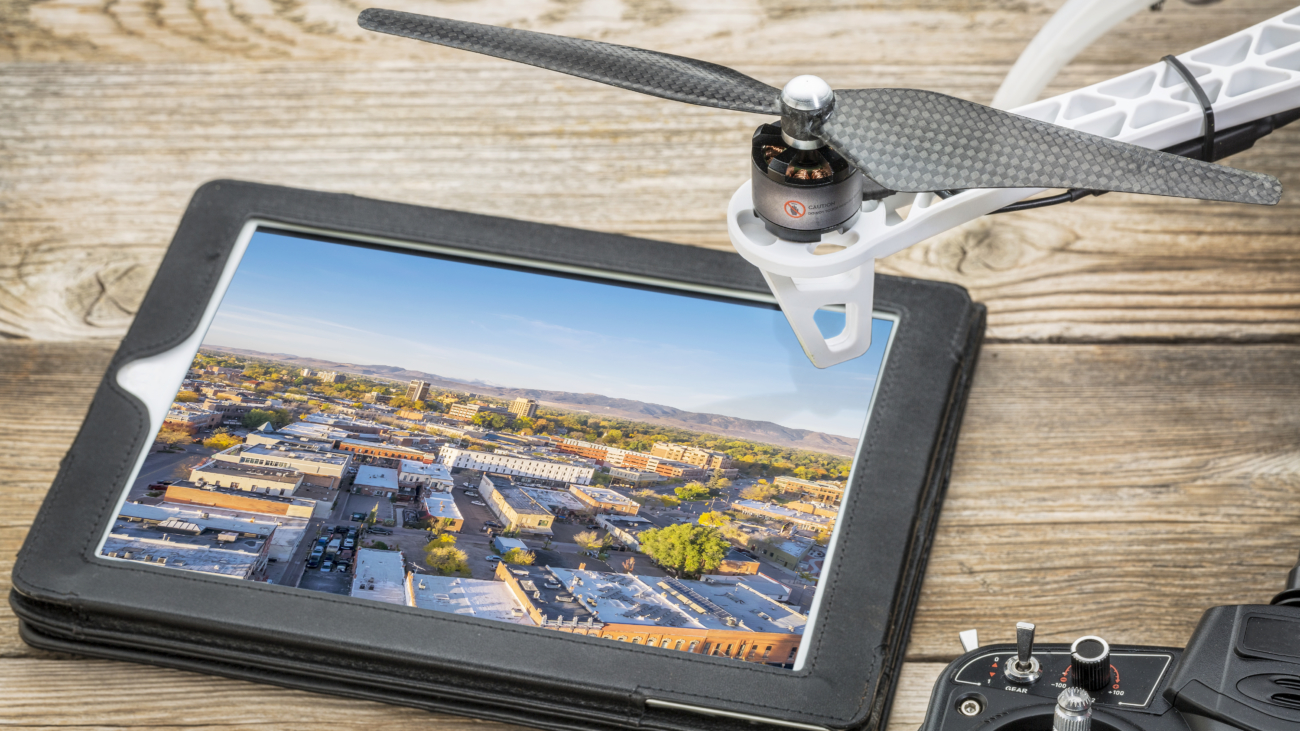 You’ve no doubt seen kids and adults alike get excited about the possibility of flying a drone with a tablet. Drones or unmanned aerial vehicles (UAVs) have been used in military exercises, news gathering, police surveillance, and to capture different angles at sporting matches. In everyday life, flying drones may have seemed like an eccentric hobby or play, but drone use is making its way into mainstream business and personal use.
You’ve no doubt seen kids and adults alike get excited about the possibility of flying a drone with a tablet. Drones or unmanned aerial vehicles (UAVs) have been used in military exercises, news gathering, police surveillance, and to capture different angles at sporting matches. In everyday life, flying drones may have seemed like an eccentric hobby or play, but drone use is making its way into mainstream business and personal use.
Drones in Real Estate
If you see a drone flying around your street in the near future, it could be your local real estate agent snapping pictures of a neighbouring property for sale—as opposed to Big Brother spying on you. Drones are expected to make their way into the everyday lives of Australians, and, now, into the lives of real estate agents. With their ability to film over fences and hover outside of windows for a peek inside, it’s no wonder.
South Australian real estate agency Toop & Toop has been quick to embrace this technology in their marketing, launching ToopAir – a fleet of three drones with high definition cameras to assist in capturing hard-to-reach properties, especially waterfronts and acreage properties
The managing director of Toop & Toop believes showing properties from the air is the way forward. With wide-angle cameras and 360-degree views, drones capture a number of appealing shots that aren’t possible otherwise (unless you hire an aerial photographer, which can get expensive).
The use of drones in real estate is yet to be widespread, but it’s on the rise. In the Hunter region, many firms still prefer the use of pole cameras and helicopters for hard-to-photograph properties. In Newcastle, the weather itself appears to be a major obstacle to drone use. In trials, the wind has affected the drone’s stability—even on a quiet day, the wind started to blow a drone around at 30 to 40 metres.
Another predicted obstacle for the use of drones in real estate is the time it takes to get the footage ready for marketing, especially when neighbouring properties need to be edited out of the footage.
Privacy and Drone Use
This brings into account privacy issues, such as: how much airspace around your home do you own? Who can film there? The privacy legislation surrounding drones isn’t entirely clear; there are nuances depending on whether you’re using them for commercial or personal use.
When it comes to using drones for real estate, stills are often used to shade out neighbouring properties, and the footage is edited to ensure only the property for sale is showcased.
Drones are readily available from public retail outlets. So, what do you think? Will you be purchasing a drone to incorporate into your real estate marketing campaign?

